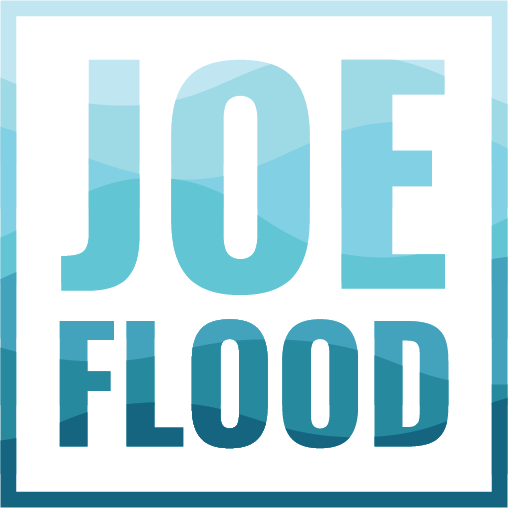

Close

On April 1st, Risk Rating 2.0 began its full implementation. As more National Flood Insurance Program (NFIP) policies are written and renewed into the new rating system, it is apparent that Risk Rating 2.0 is meeting its goal of communicating a building’s unique flood risk, and by reflecting that risk in a building’s premium. While some may be skeptical, there can be no doubt about the effectiveness of Risk Rating 2.0 in measuring risk, especially in instances where it has been proven correct by mother nature herself. In one specific example, what may not have appeared like a logical premium adjustment under Risk Rating 2.0, made sense after a major flood.
In the town of Marshfield, Massachusetts, there are dozens of inlets buffered by the marshes the town is named after. Marshfield is a town with two major tidal rivers and over five miles of Atlantic Ocean waterfront. Year after year, the nation watches on primetime news as Marshfield receives damaging Nor’easters, with waves going over homes, coastal erosion, and flooded marshlands. In one of the inlets in the north part of town, there is a ridge roughly 800 feet long that is protected by uplands and marsh on one side and a tidal river on the other side. At the end of the ridge is a peninsula that juts out towards the mouth of another tidal river.
Six houses span the ridge, with the outer most house sitting on the peninsula where the ridge ends. The first house on the ridge remains somewhat protected by marsh and natural land. These two homes are only about 800 feet apart but have drastically different flood exposures.
The first house on the ridge, a more inland home, is elevated on a two-foot crawlspace and has a $2,000 NFIP legacy flood insurance premium, while the outer most home is elevated on a five-foot crawlspace and has a $500 NFIP legacy flood insurance premium. Both structures are newer construction and have a similar replacement cost. Under the legacy rating system, the only risk information affecting the premium is the AE flood zone that both houses are in and the elevation of the buildings. However, Risk Rating 2.0 takes a different approach to rating. By looking at distance to water, elevation, replacement cost, and other rating factors, the first more inland home on the ridge is projected to see a NFIP Risk Rating 2.0 premium of about $1,000, half of the legacy premium. The more exposed structure at the end of the ridge is projected to pay a premium of $1,700, more than three times the legacy premium.
When looking at the two structures, it doesn’t appear to make sense why a building that is relatively new construction elevated five feet above the ground with proper flood openings would see a projected threefold premium increase. In turn, it also doesn’t appear to make sense on why a building only 800 feet away on a two-foot crawlspace would see a premium cut in half. However, a recent significant Nor’easter event flooded the ridge. The results show how Risk Rating 2.0 got the risk right.
The outer most home out on the ridge, sitting on the peninsula facing the open mouth of a tidal river suffered no flood damage to the first livable floor, but water came to within six inches of the first floor and was surrounding almost the entire building. The first, more inland house on the ridge, while only 800 feet away and still exposed to marsh flooding, remained dry and water did not get closer than fifty feet to the building.
This is only one story about premiums changing under Risk Rating 2.0 to better reflect flood risk. There will be situations where Risk Rating 2.0 never gets put to the test. The important take away with Risk Rating 2.0 is that the new rating methodology more effectively communicates risk and rates premiums in a way the NFIP never has before. Explaining stories like this to insureds will be the first step in providing assurance that now there is some certainty that the rate more accurately reflects the risk.